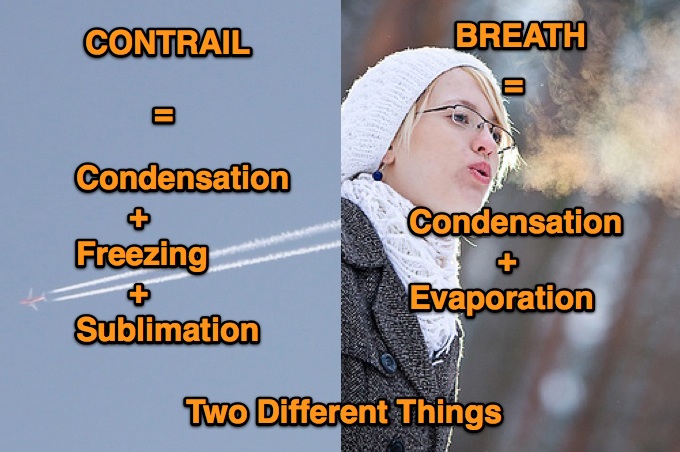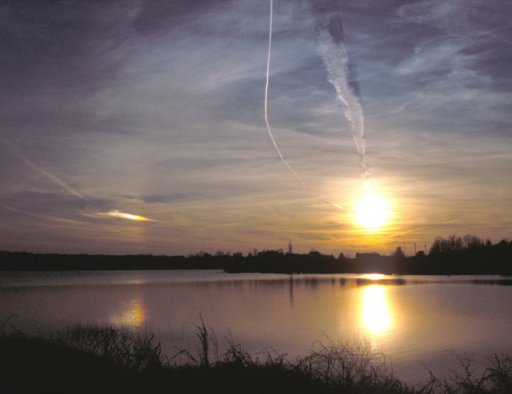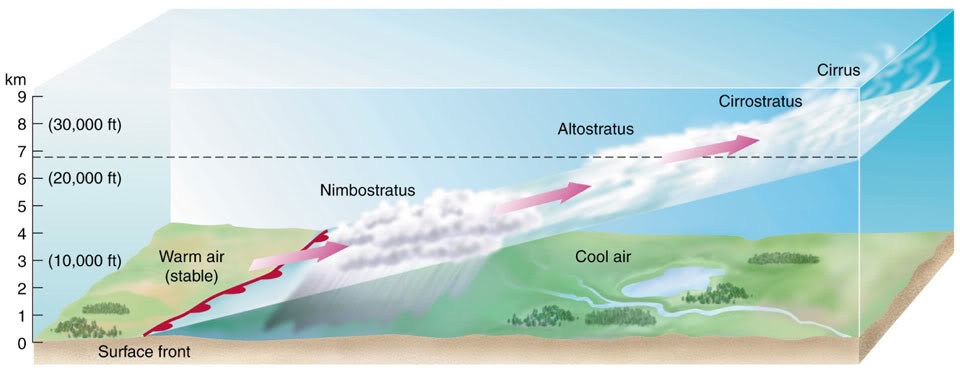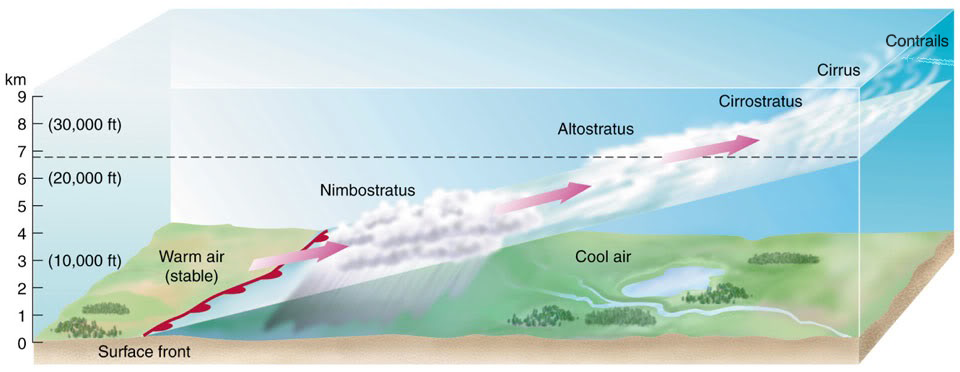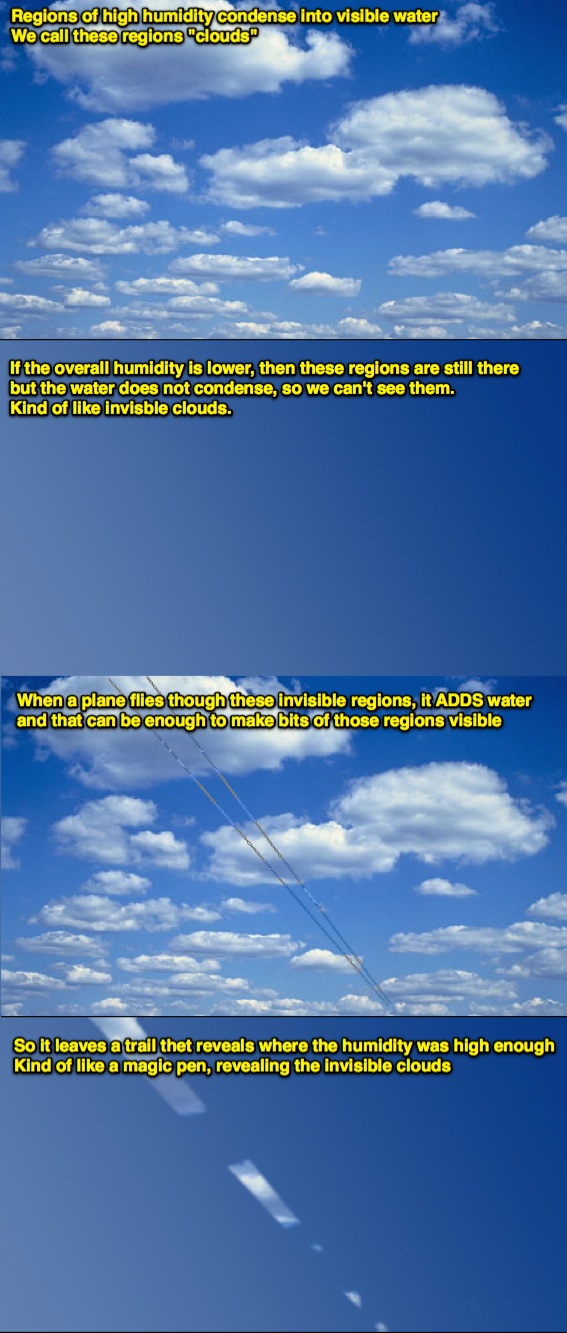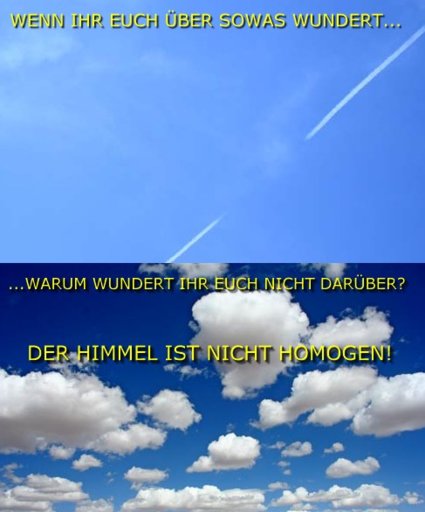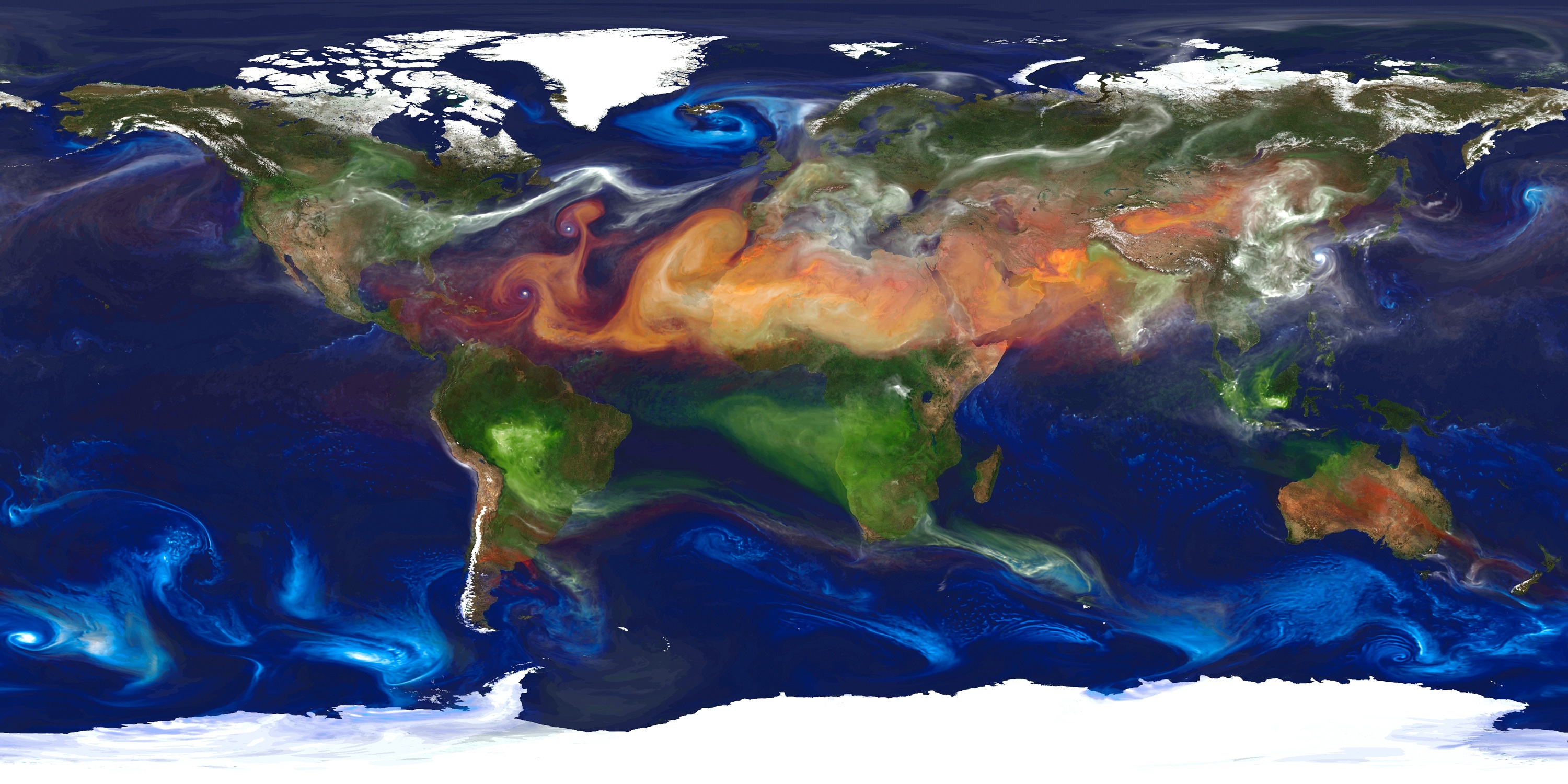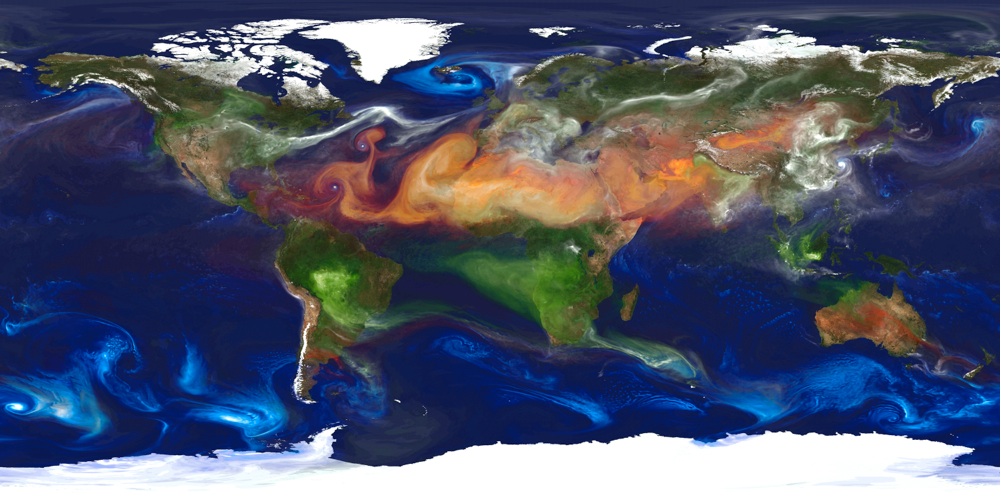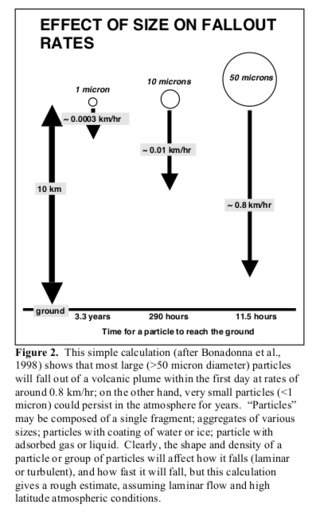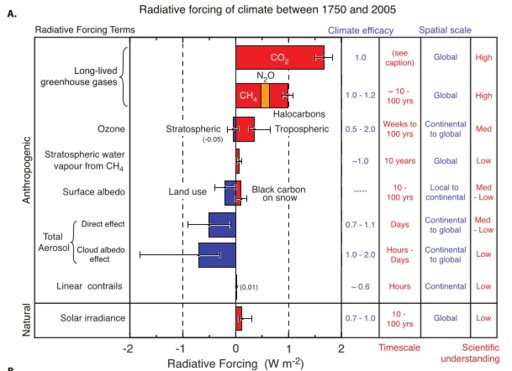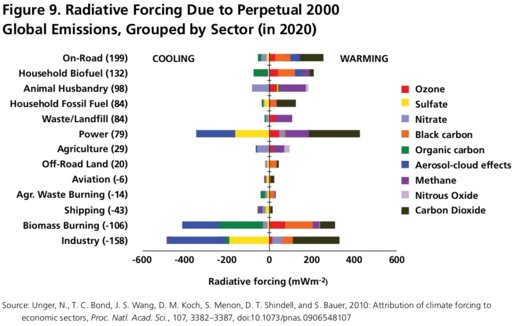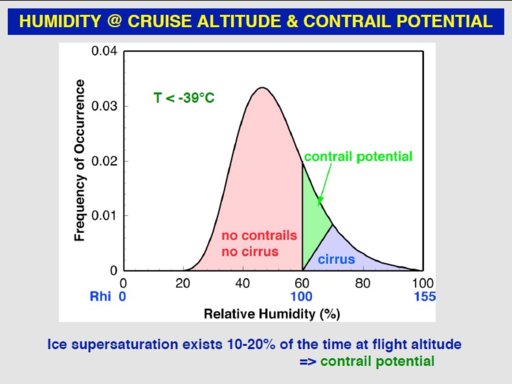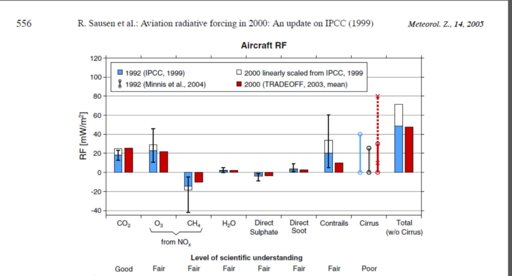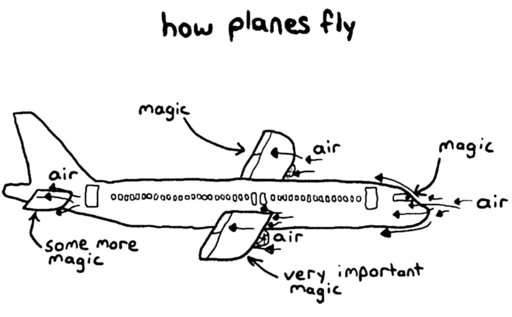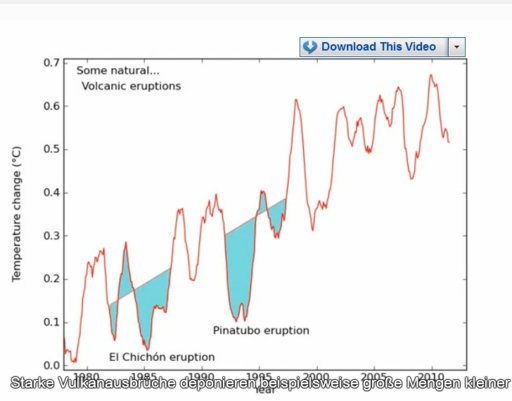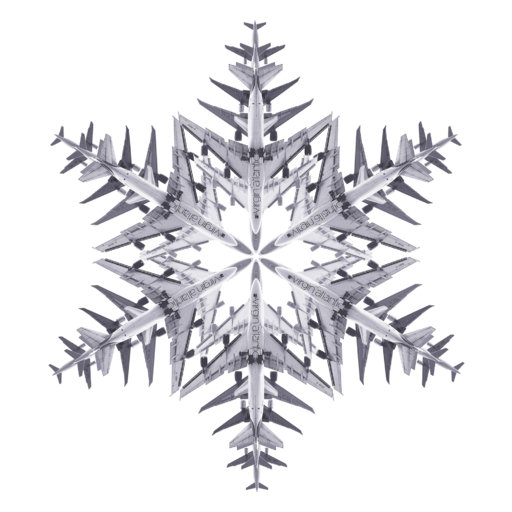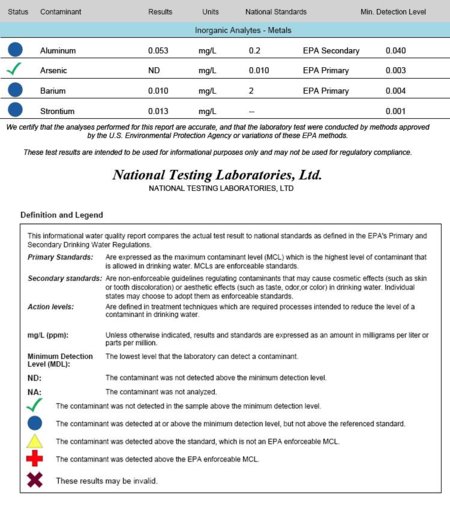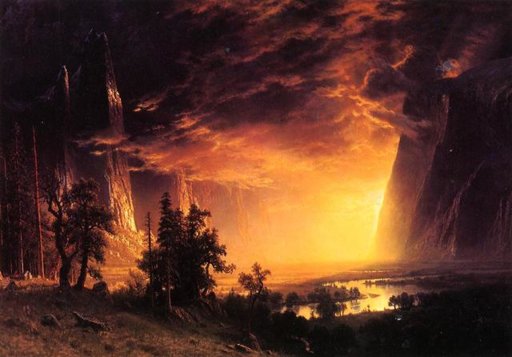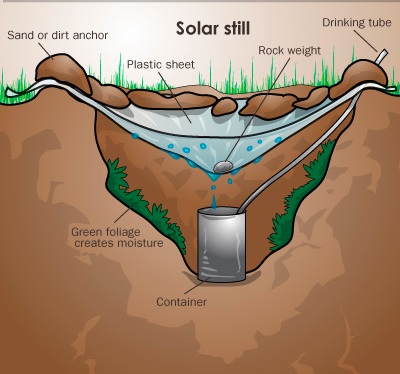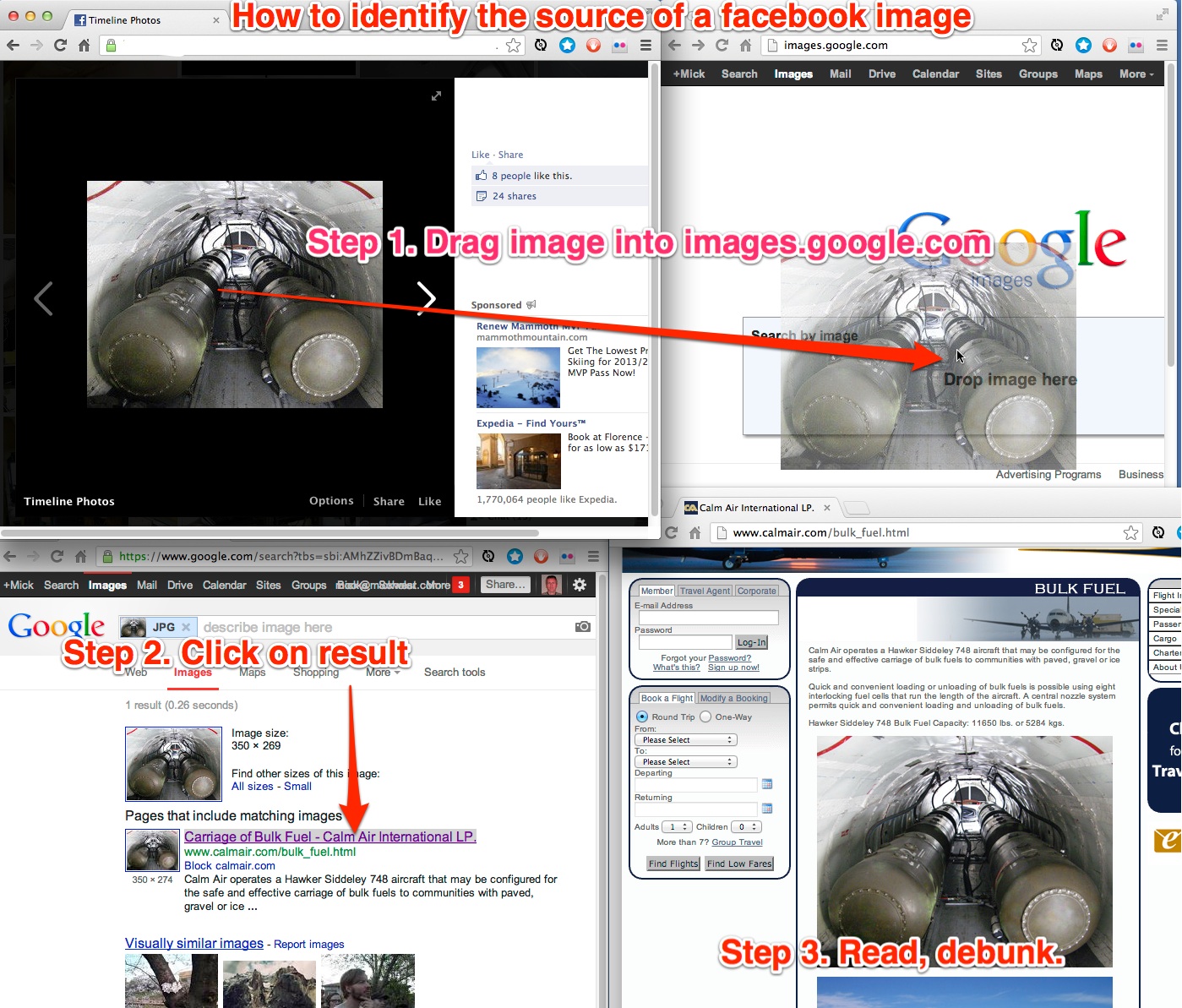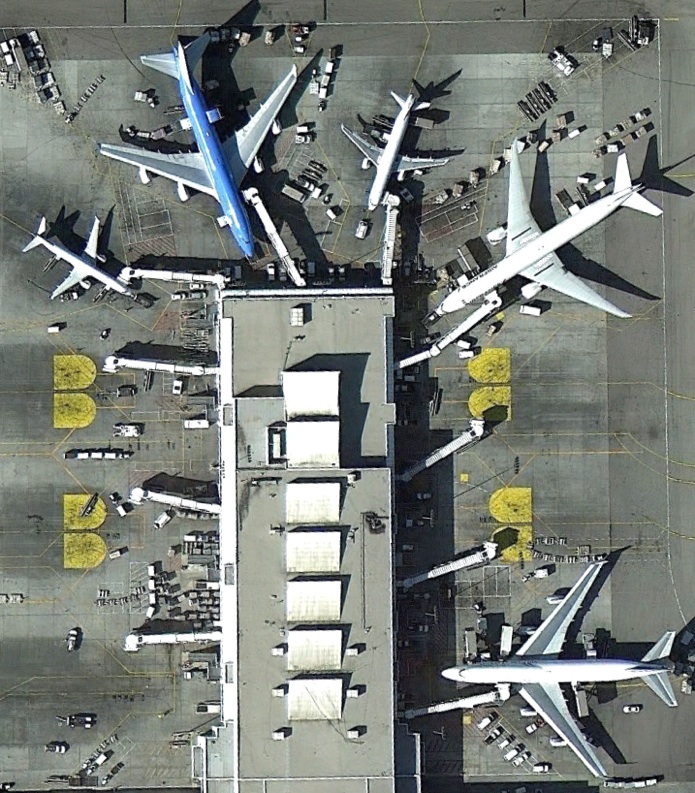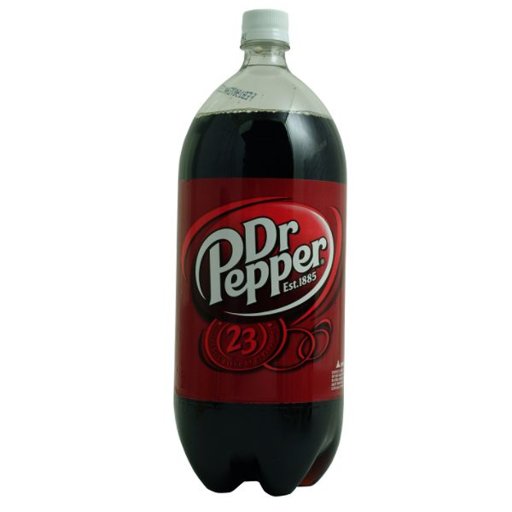At the suggestion of FreiZeitGeist, this sticky thread is for collecting useful images and infographics for debunking chemtrails and related topics.
A picture is worth a thousand words, and that's especially true in debunking. Sometime explanations are quite complex, and sometime they just don't make sense without an image. They also allow you to make a point very quickly, which is great for the attention challenged. They are also make a great easy and effective response in forum discussions.
Some guidelines:
A picture is worth a thousand words, and that's especially true in debunking. Sometime explanations are quite complex, and sometime they just don't make sense without an image. They also allow you to make a point very quickly, which is great for the attention challenged. They are also make a great easy and effective response in forum discussions.
Some guidelines:
- Include a link to the original location of the image, if it's not yours
- Upload it here as an attachment, as remote image links tend to break after a year or two.
- This thread is NOT FOR DEBATING THE IMAGES. If you want to, start a new thread, and just add a link to the new thread here.

